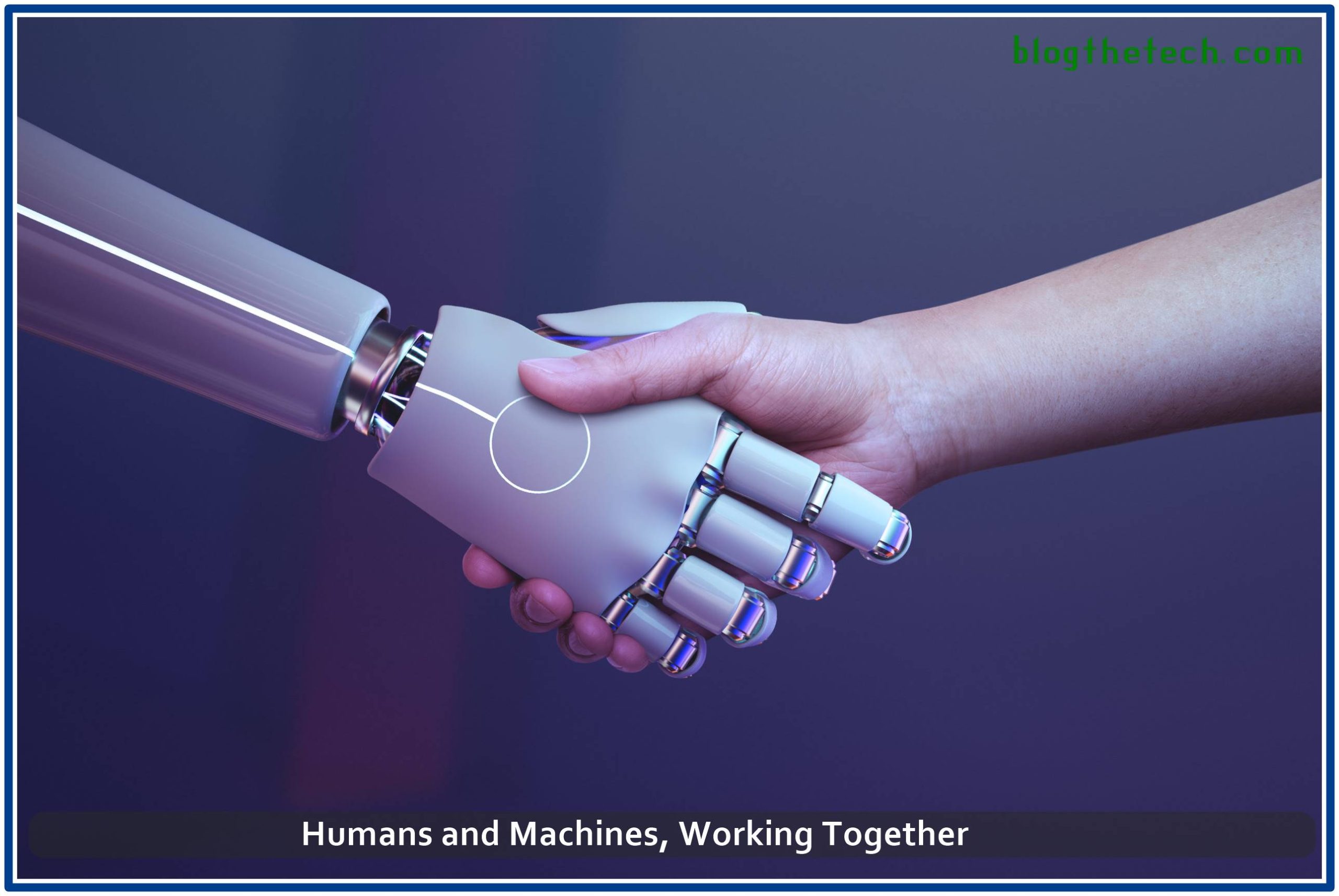Visualizing the complexity of business workflows can be a challenge, but this complete “workflow” is what drives success for any company. It’s not always easy to conceptualize—but every task undertaken in a business ultimately contributes to some greater outcome. Even the smallest actions, like routing a vital message to the correct office, eventually impacts and affect a process far more significant than that single step.
In 2020, the global health crisis turned the world—and the world of business—upside down. More than a third of the workforce suddenly shifted to a remote office. Even throughout 2023, these effects linger on, and their impact on how we work is likely to go down in history as one of the 21st century’s most significant shifts. No business, no matter its size, was entirely spared from these changes, and there have been significant challenges to returning to some level of “normalcy.” Some companies didn’t make the transition successfully; bankruptcy and closure have been a common refrain throughout the crisis.
Trying to go back to the way things were may be impossible—but that doesn’t have to be a bad thing. In fact, with the growth of the hybrid workplace, greater remote work capacity, and ever-expanding cloud capabilities, it’s the perfect time to engineer brand-new workflows. With new tools, technologies, and ways of thinking about how we work, there are incredible opportunities for growth and change to seize.
In this new environment, automation will have a foundational role to play. Already a major focus across industries and the subject of intensive investment, solutions such as RPA (robotic process automation) can touch and transform everything from daily administrative work to the workflows most central to your business. What should business owners know about how RPA works? How can it improve our workflows and enable employees to function at their best? Let’s take a closer look.
The Basics of RPA, Explained
RPA comprises a set of tools for building “software robots” that can take over rules-based tasks often carried out by humans. A typical example involves the payment processing workflow for received invoices. Normally, someone might have to process the invoice manually by inputting its information into software, and handing the work off to the next party in the workflow.
With robots that can interface with optical character recognition technology, a scanned document that follows the same format every time can undergo automatic data extraction. Robots can enter that information into software just like humans and dispatch email reminders to the relevant parties. When poor communications cost businesses millions of dollars per year, RPA can help—such as when an invoice is ready for payment, and an authorized party needs a reminder to provide approval. In rules-based environments with a high level of task consistency, RPA is an ideal solution.
How RPA Can Reshape Today’s Business Workflows
Information silos are one of the biggest bottlenecks in business today, especially with the growth of the hybrid office. Simultaneously, some shortcomings are inherent to humans working on repetitive tasks; distractions in the office space, exhaustion, boredom, and mistakes can all slow down key workflows. Consider a high-volume insurance agency that needs to process applications, write policies, and manage claims rapidly. All these tasks require a vast amount of human input for what amounts to very basic, even menial tasks of a clerical nature.
Implementing RPA in these environments offers incredible opportunities to recognize speed and accuracy at any scale. There are several core benefits to deploying advanced RPA in the workplace to take over these repetitive, everyday steps. With RPA, businesses can:
- Reduce human errors that contribute to process inefficiencies and unnecessary costs.
- Speed up core workflows by automating repetitive tasks.
- Simplify complex workflows with a series of software robots that work together.
- Rededicate skilled labor to high-value tasks, keeping experienced staff away from menial work.
- Improve workforce morale and job satisfaction through noticeable productivity improvements.
Humans and Machines, Working Together

Perhaps the most crucial part of the RPA transformation ongoing in many businesses today is the hybridization of the workforce itself—not in the sense of remote and in-office, but in terms of humans and robots working side-by-side. RPA can work in concert with humans, providing rapid access to data or quick work within multiple systems, to deliver better outcomes for customers and faster results for internal projects.
Key players in the industry, including companies such as Kofax, have focused on such a collaborative approach for years. Enabling fewer mistakes and faster results, RPA will be a cornerstone of the new office, keeping people connected with their work no matter where they are.
Reimagine the Way You Work
With increasing demands, enormous amounts of data to handle, and an emergent new work environment, automation will be the key to redefining your workflows for continued and improved success. Through RPA, it is possible to rededicate limited human resources to the most high-value tasks without ever sacrificing efficiency or speed in low-value operations. In fact, you’ll find there are many chances to improve, eliminate errors, and do more with lower costs. Is it time to shake up your core workflow?
